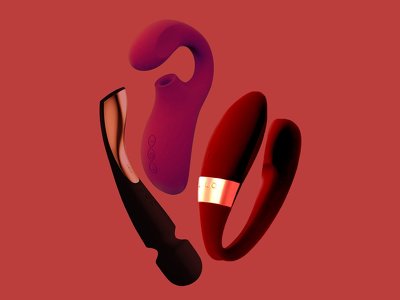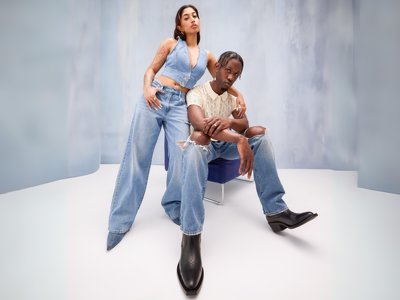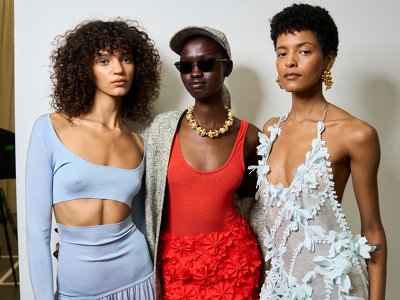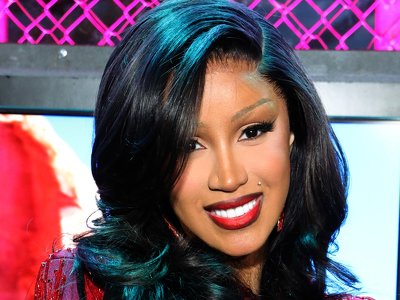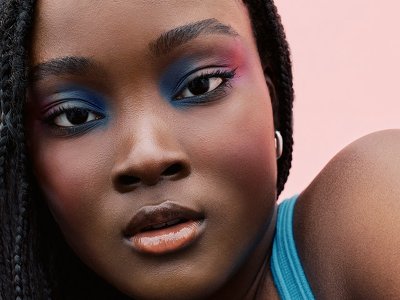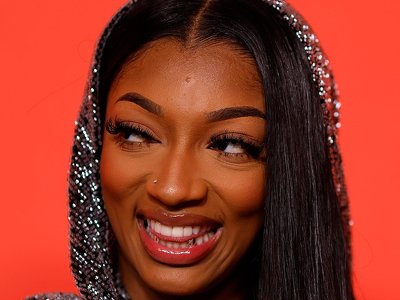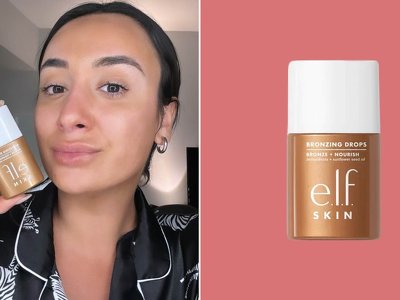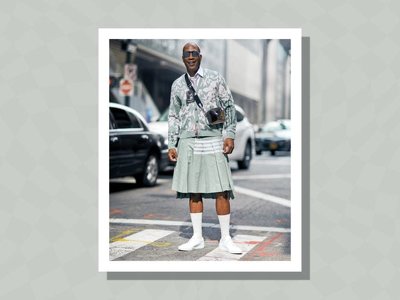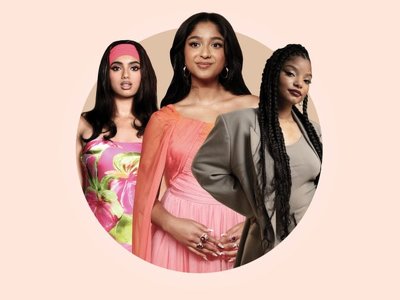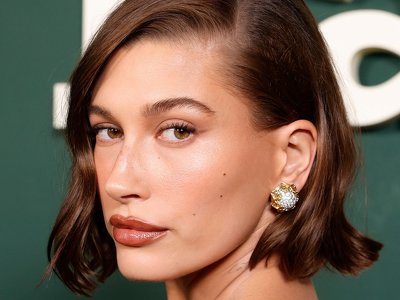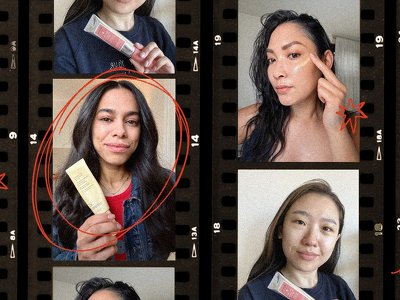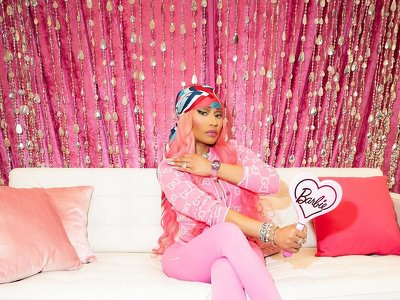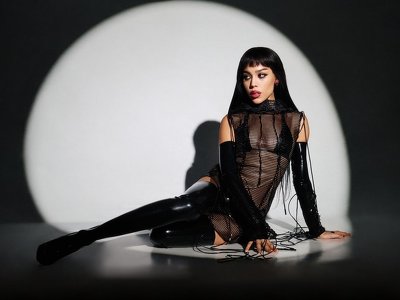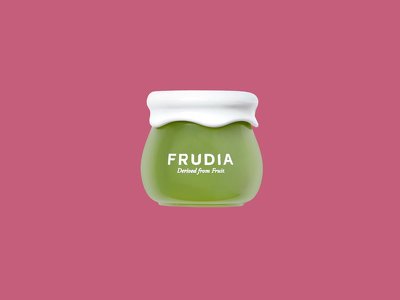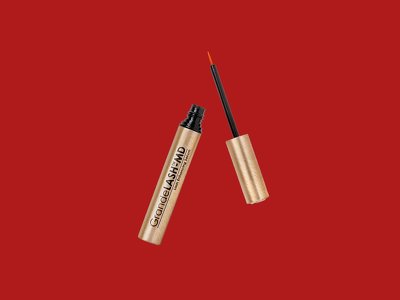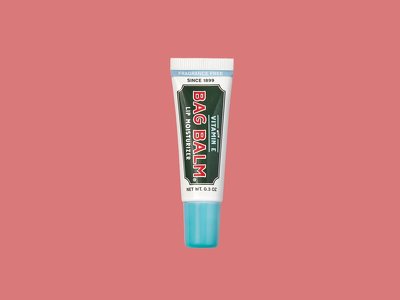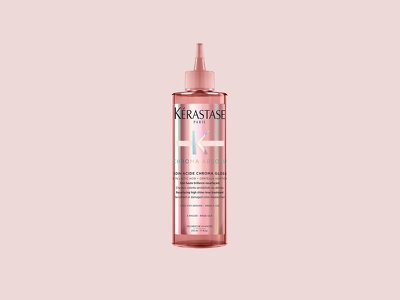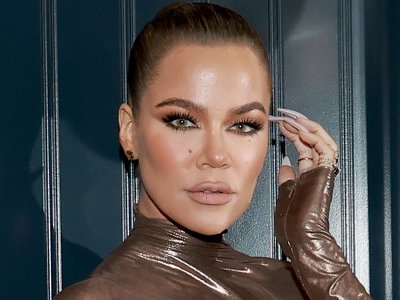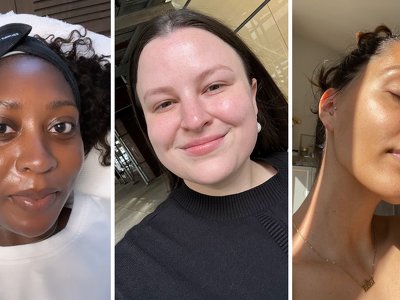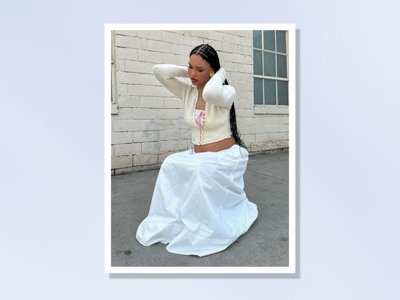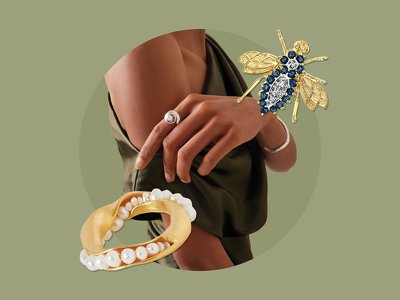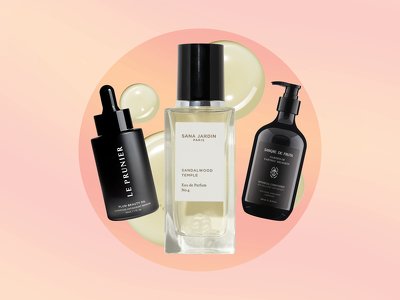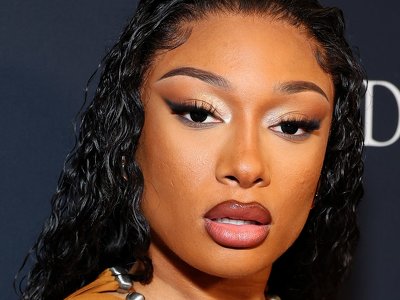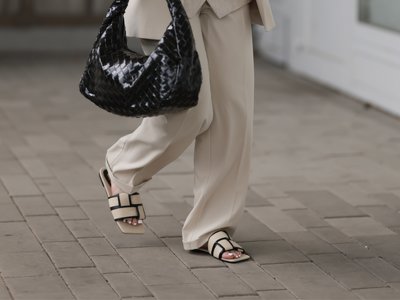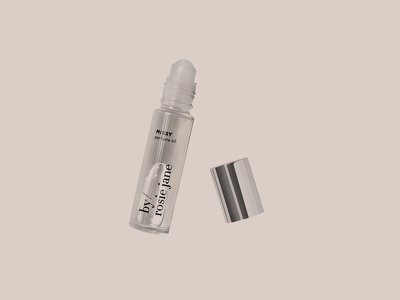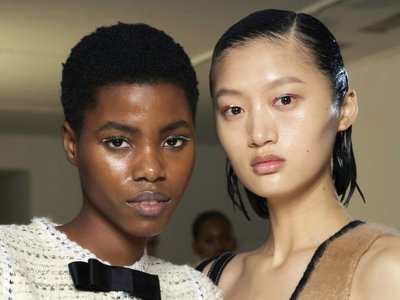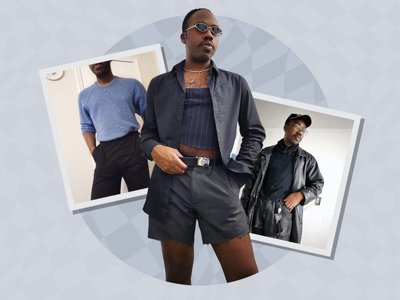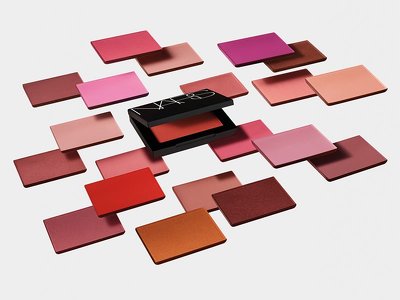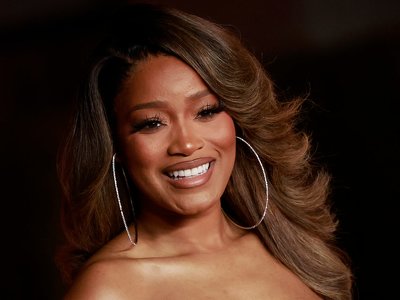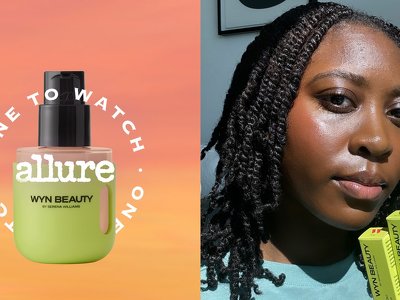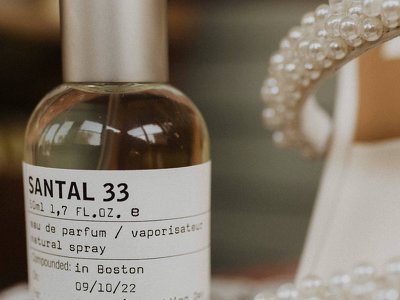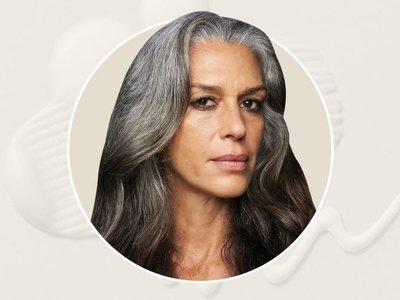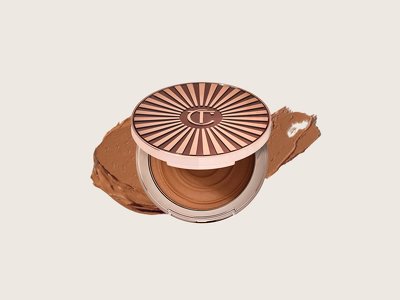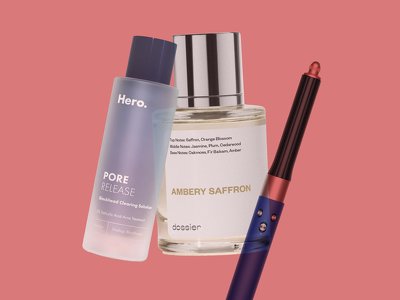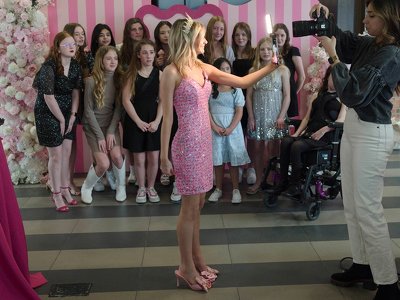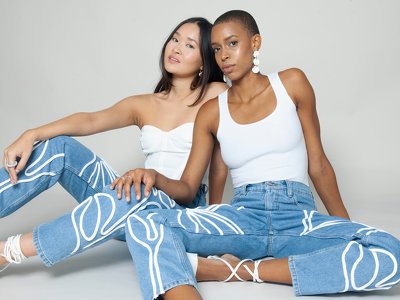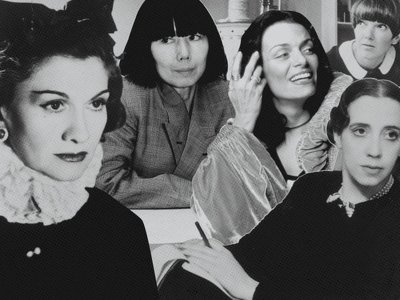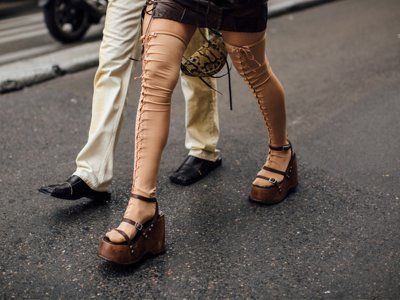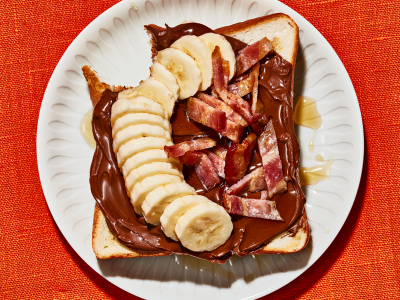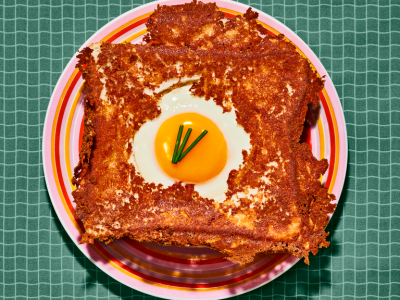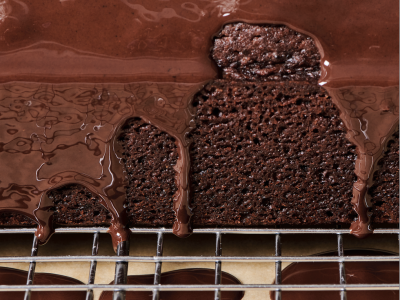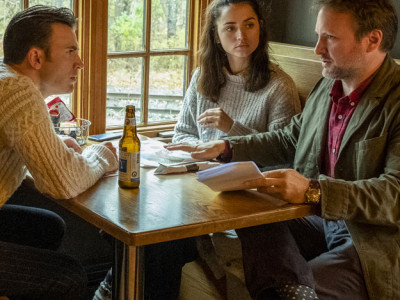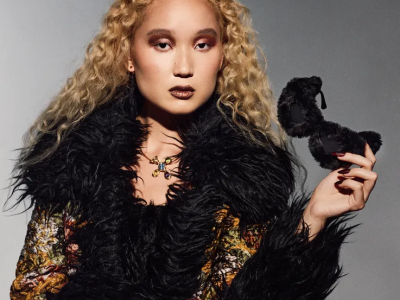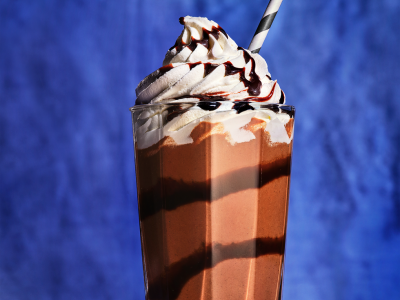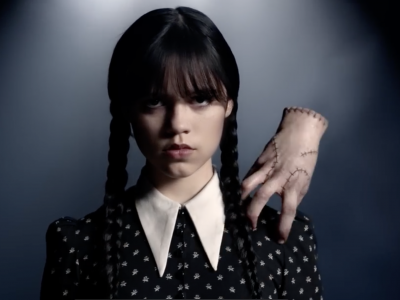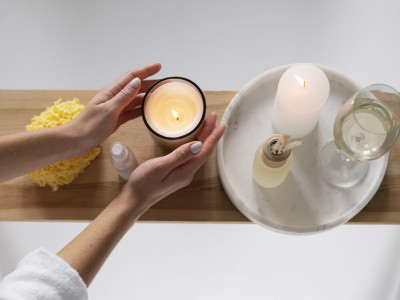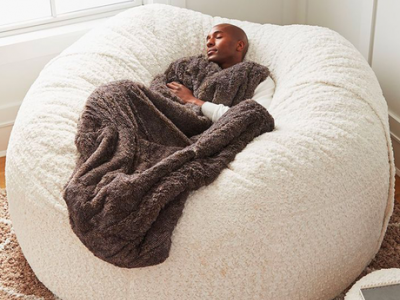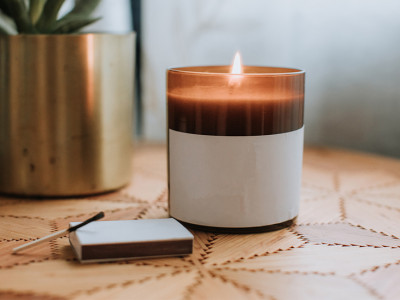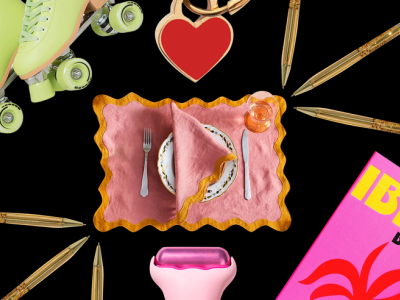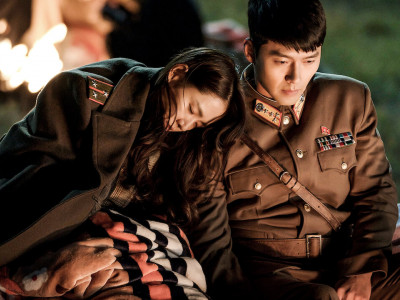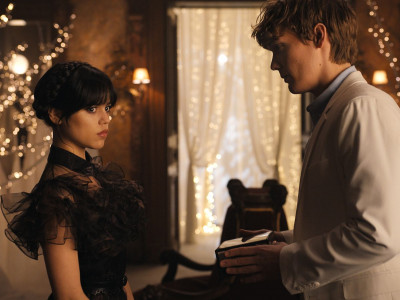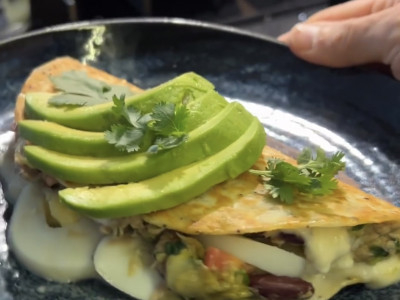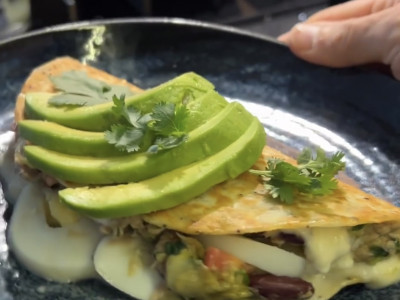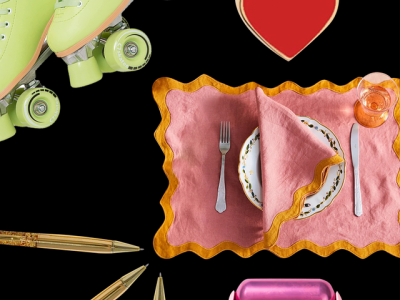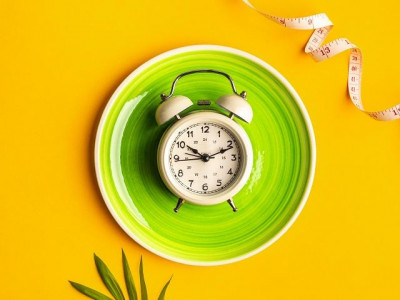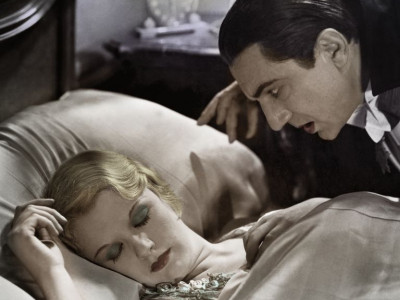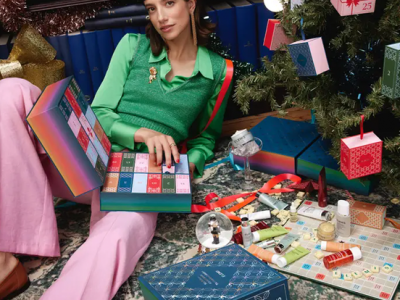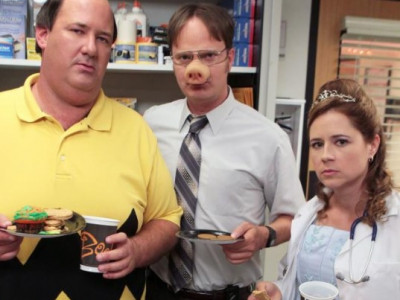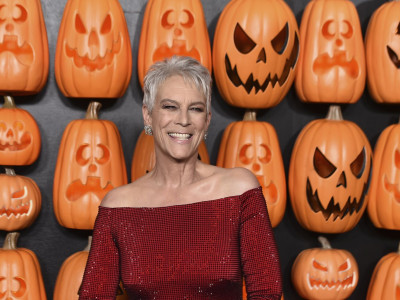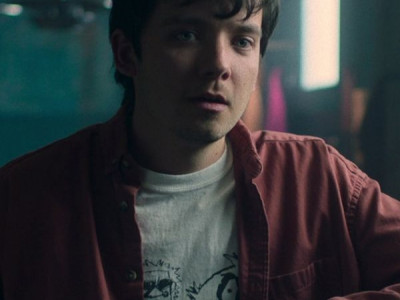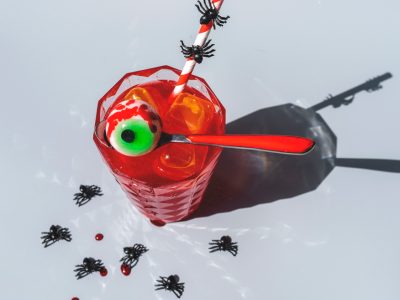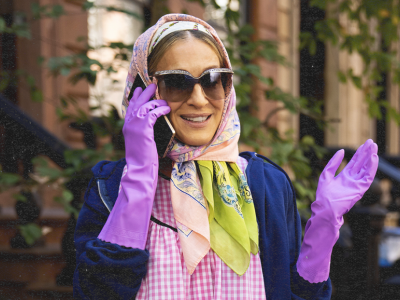How My Hair Wore My Bipolar Disorder

Mania, for those who’ve never danced with it, is hard to explain.
It’s not just feeling “up.” It’s feeling divine. Like the world is finally catching up to your brilliance, and every thought you have is genius. You don’t sleep because sleep feels irrelevant. You say yes to everything because everything feels possible. Ideas arrive like visions. Emotions hit like soundtracks. You’re not just living; you’re starring in a movie only you can see.
And in my case, right before the credits rolled, I usually found myself in a salon chair with a screenshot of some experimental hair inspo in hand, and a stylist trying to figure out if we were processing trauma or just processing bleach.
My hair has always mirrored my mental state, whether I wanted it to or not. In the depths of life’s lulls, it was forgotten, left in a bun for days, dry, untouched.
But in mania? Oh, it got loud.
When the highs of a bipolar episode would hit, I wanted change. Fast. And the quickest way to feel new, to feel reborn, was a color or a chop to overhaul things.
I oscillated between honey brown when I craved softness, pink or blue when I felt untouchable, and fire hydrant red when I wanted to stand out. Each style wasn’t just a choice; it was a billboard. A megaphone. A mood in neon.
The more exaggerated the palette, the louder the signal. It was never just about the look; it was about reconciling who I felt like internally with what I saw externally. I was trying to match the madness. Make it legible. Beautiful, even.
But like all cycles, what goes up must come down. After each episode, always came the cut: a buzz, a bob, or a big chop. The urge to start over, strip it all back, and reclaim control. My hair became both the evidence and the aftermath of everything I was trying to navigate mentally. And through it all, the salon chair was where I processed in real time.
My hairstylist’s chairs became a kind of makeshift confessional, not unlike the offices of the licensed therapists I’ve worked with since being clinically diagnosed in 2013. During my hardest season, Milena Rose Salon wasn’t just a space for styling; it was a sanctuary, a holy space for talk-and-chop therapy. The thing about hairstylists like mine is that they don’t just care about how you look when you leave; they care about how you feel. And I don’t think they’ll ever fully know how many times they talked me off the edge with a color, cut, and a truth bomb.
Beneath all the dye jobs and dramatic chops was never just vanity: it was vocabulary. My hair became a translator when words failed me. It shouted when I needed to be noticed. It grieved. It rebelled. It dreamed.
If the body keeps score, what do my strands remember?
Maybe they remember the first time I cut them all off in 2013, when the fog of mania collided with a heartbreak I’d been outrunning for five years: losing my mom to breast cancer. It was the kind of grief I hadn’t named yet, but my body had been carrying it the whole time. My scalp felt what my mouth couldn’t say. That first big chop wasn’t about style; it was survival. A visceral, unconscious attempt to shed what felt too heavy to hold.
A decade later, when my dad passed, I felt the familiar urge return, not to flee the pain, but to meet it finally. This time, though, I had tools. Years of therapy etched into my muscle memory: cognitive behavioral therapy when I needed dialogue and structure, talk therapy when I needed self-compassion, narrative therapy to rewrite my perception of myself and my story, and internal family systems therapy to meet the different versions of myself with grace.
I now track my moods like a scientist of my own nervous system. I take my medication consistently, even when it tempers the technicolor high notes I used to chase. And little by little, I’ve been learning to care for myself the way I once only knew how to care for others.
And while hair may have been my first language and the loudest, most visible way I could express what I didn’t yet understand, now I have an entire routine of self-tending. And I’m fluent in my own care.
And so today, I reflect on my hair with reverence, not just for the styles, but for what they held. Because now, for the first time in a long time, I’m not cutting it off. I’m not changing the color. I’m not trying to escape myself. I’m growing my hair out as a tribute to every past version of myself who didn’t know how to stay still. That part of me that thought reinvention was the only form of rescue, who mistook urgency for transformation. This version of me? She’s softer. She’s steadier. She shows up with deep conditioner and deeper self-trust. She’s not chasing a new look; she’s building a new language. One rooted in rhythm, not reaction.
And maybe that’s the real glow-up: learning how to tend to yourself without needing to be seen. I’m ready to hold the parts of me I used to cut off, and because peace, it turns out, grows, too.
Read more about the intersection of mental health and beauty:
- Last
- April, 28
-
- April, 27
-
- April, 26
-
-
- April, 25
-
- April, 22
-
-
-
-
- April, 16
-
-
-
-
-
- April, 15
-
-
-
- April, 13
-
-
News by day
5 of July 2025
